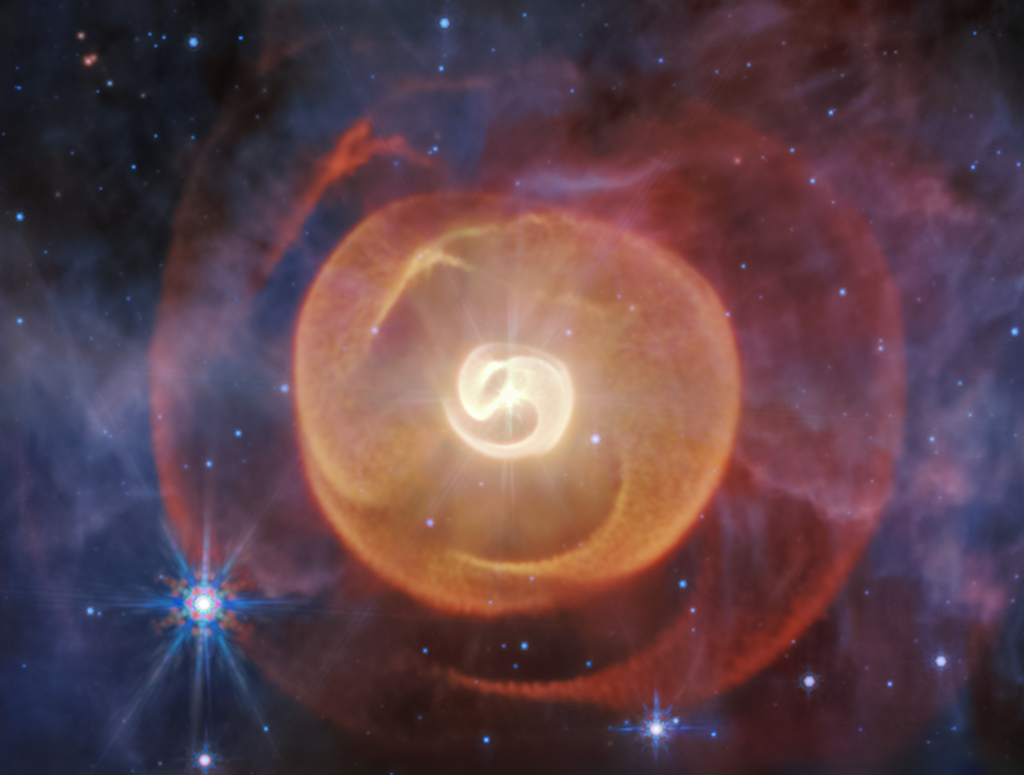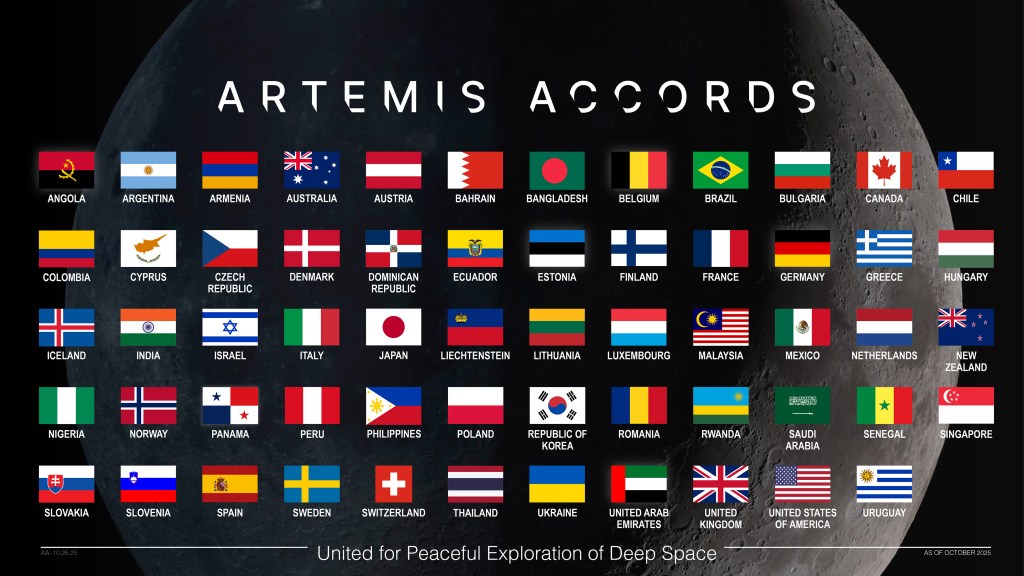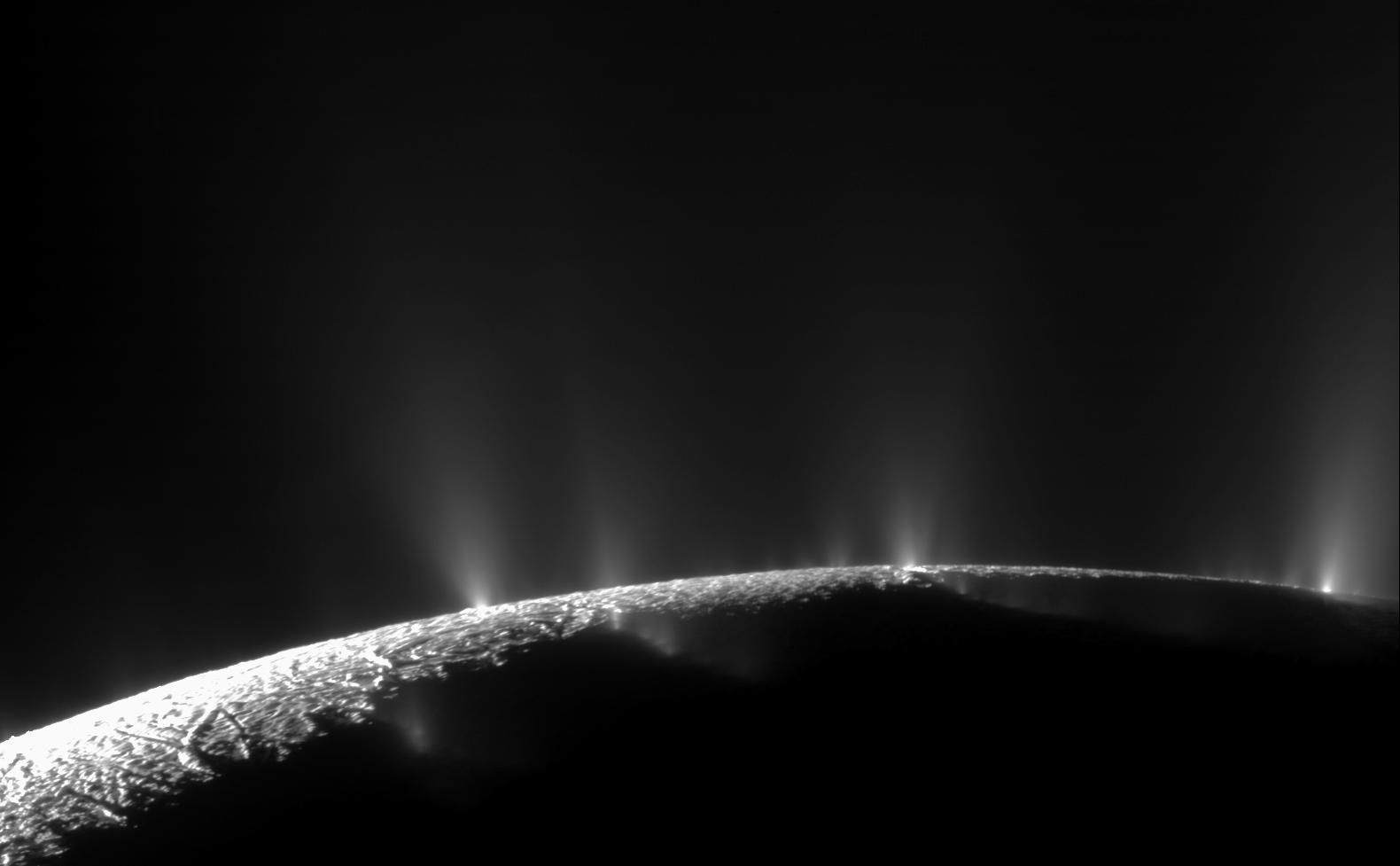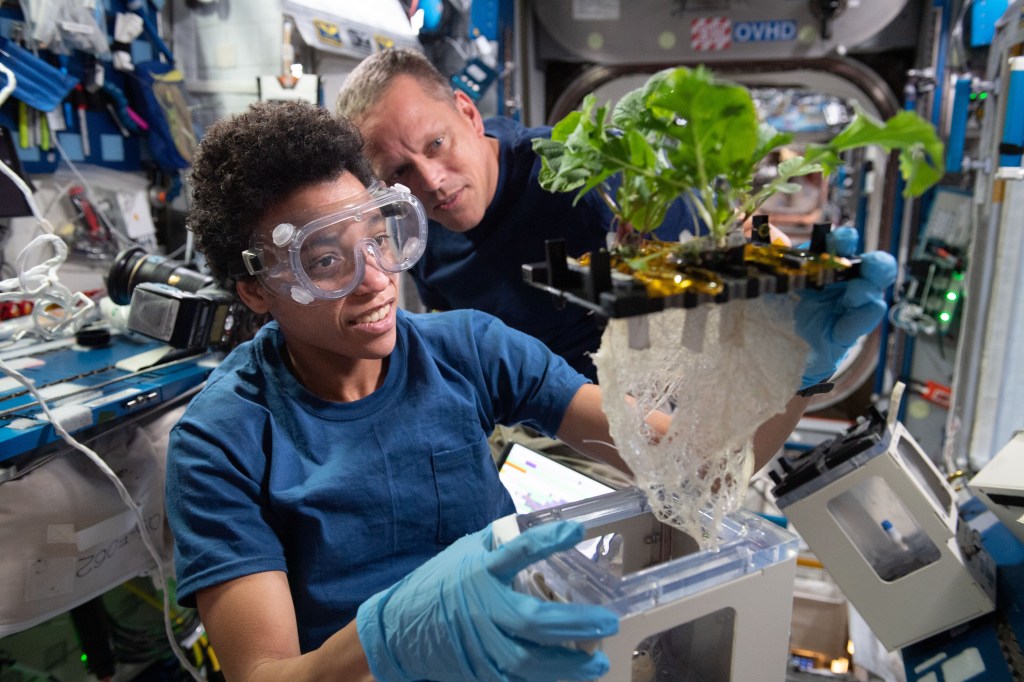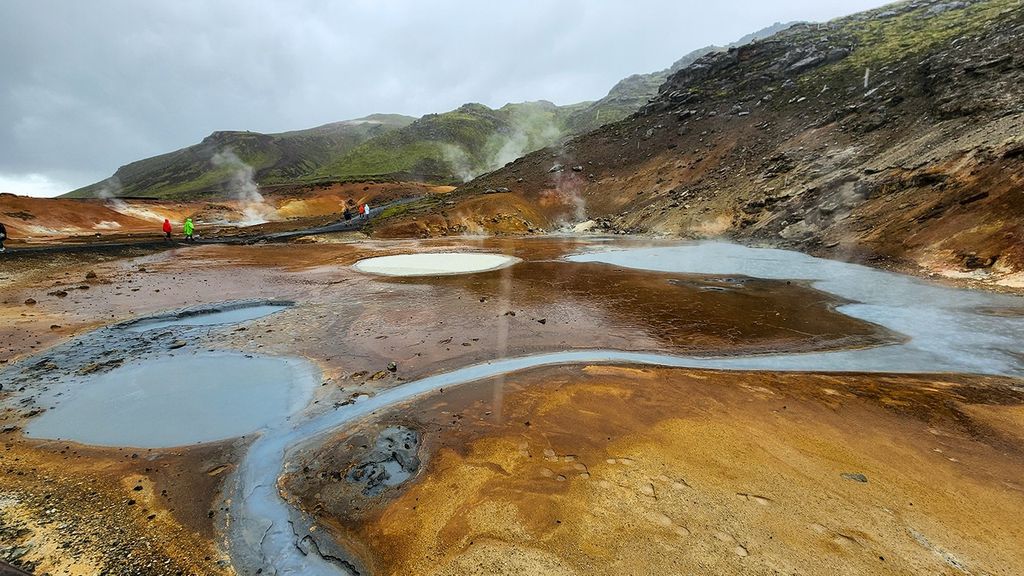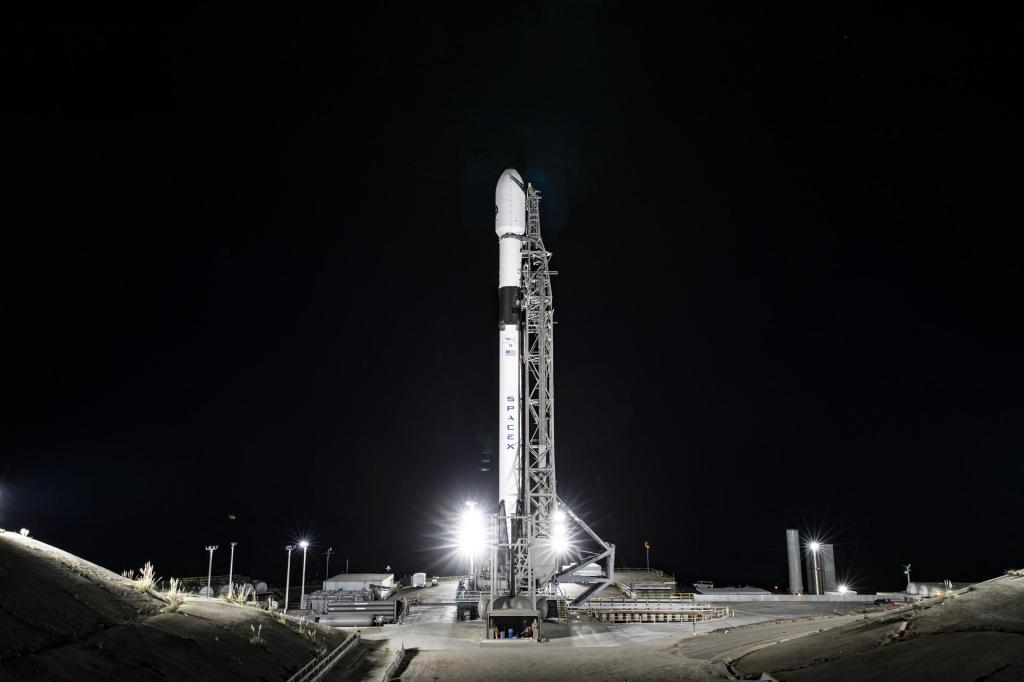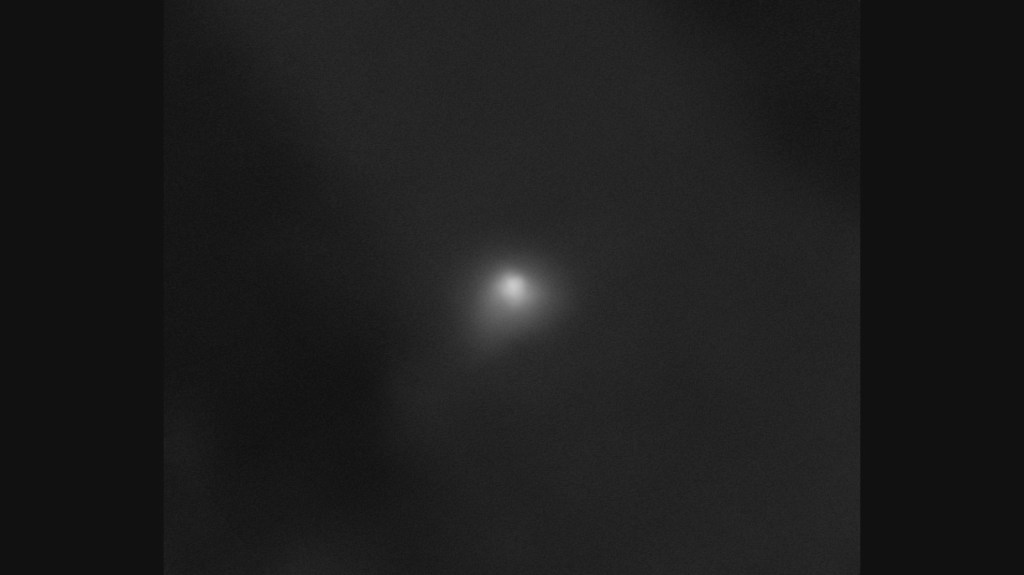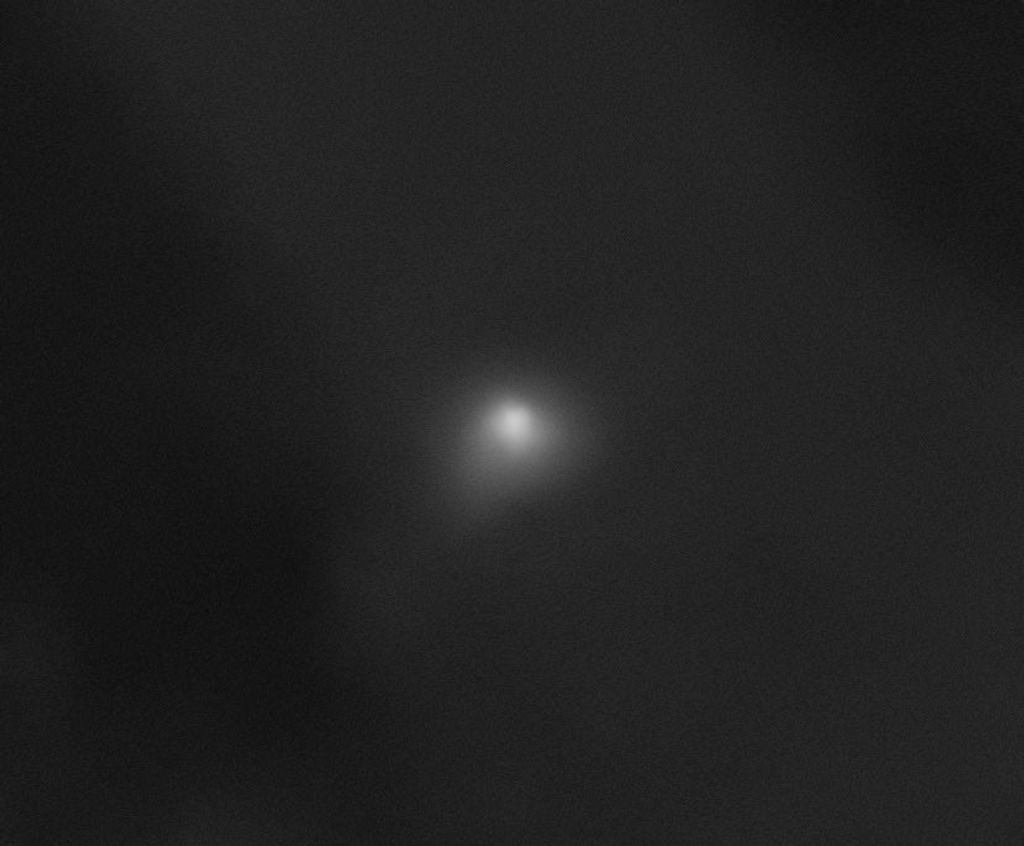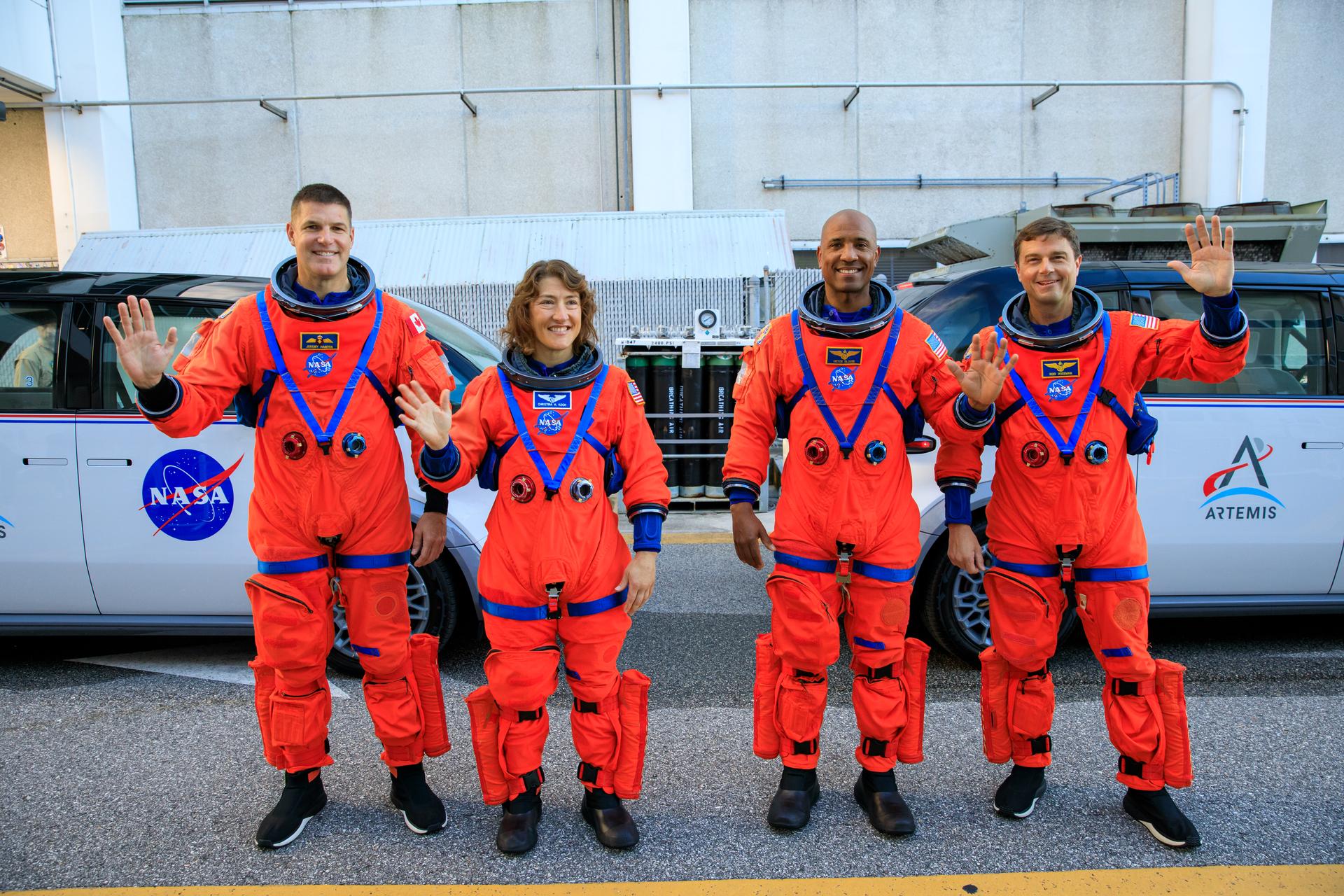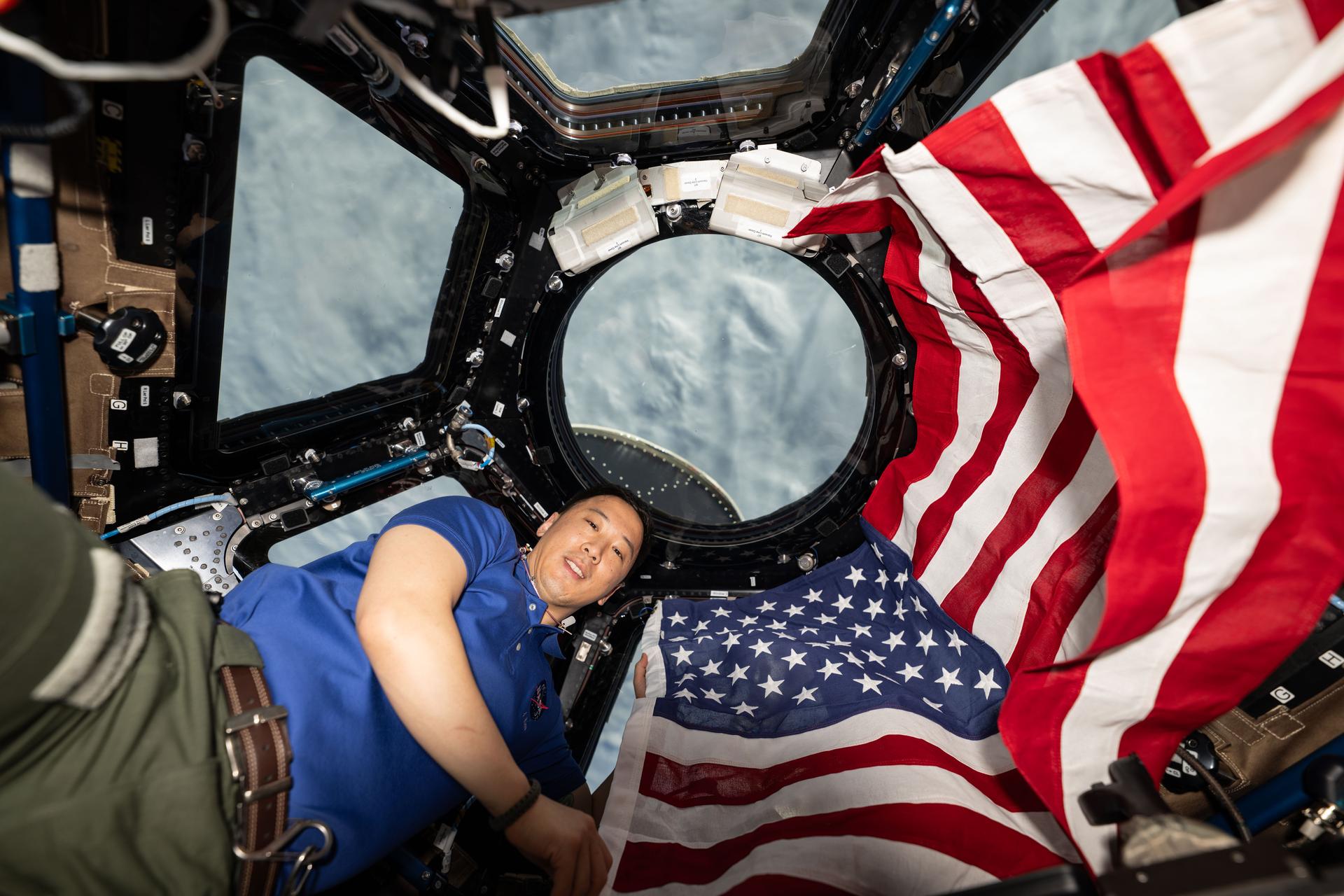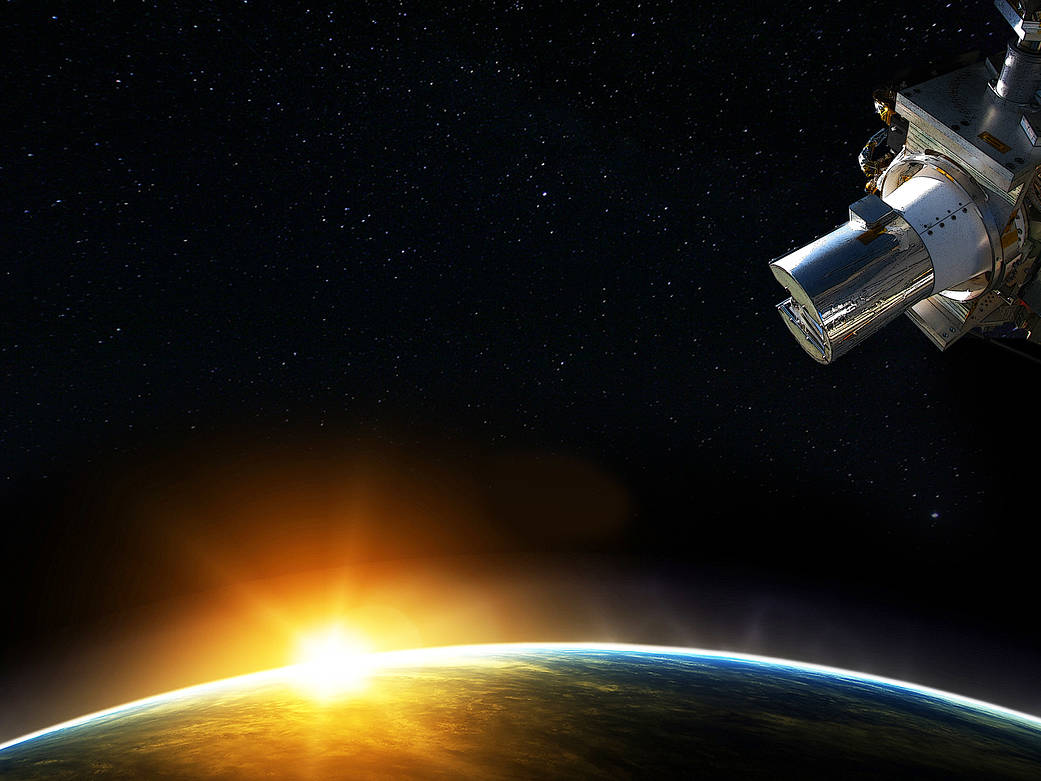Photochemistry
A photochemical package is necessary to simulate the Martian lower and middle atmosphere. The updated chemistry enhances the current CO2 15 µm cooling parameterization by utilizing a consistent atmosphere (atomic oxygen, temperatures, pressure, etc.) which is important to simulate the middle atmosphere thermal structure. The photochemical package also provides additional ways to “monitor” the Martian atmosphere. An example is simulating ozone abundance, which has been observed by several Mars missions. It can be a tracer for atmospheric dynamics because it is sensitive to the dust and water cycles, and effects heterogeneous chemical reactions on water ice clouds.
Currently, the employed photochemical scheme is Lefèvre et al. (2004). The chemical package calculates oxygen, hydrogen, and CO. More specifically, the scheme accounts and transports 12 species (O, O(1D), O2, O3, H, OH, HO2, H2O2, H2, H2O, CO, and CO2). The photolysis rates are calculated off-line using the Madronich and Flocke (1998) model adapted to Martian conditions and were provided by Franck Lefèvre. The rates are stored into a four-dimensional lookup table as a function of the overhead CO2 column, the overhead O3 column, the solar zenith angle, and the temperature. The model interpolates the table values to calculate the photolysis rate for the actual sunlight grid point. The Gas-phase reaction rate coefficients were mostly adopted from Sander et al. (2003). The rate coefficients of three-body reactions are increased by a factor of 2.5, to account for the higher efficiency of CO2 as a third body in comparison with N2 and O2. Chemical families were adopted for Ox and HOx species (Ox = O + O3; HOx = H + OH + HO2) in order to reduce computational time. The chemical long-lived species (O2, H2, H2O, CO, HOx, Ox) are solved by using the implicit method described by Shimazaki (1985). The short-lived species are assumed to be in photochemical equilibrium (O3, O(1D), OH, HO2). See Lefèvre et al. (2004) for more details.

